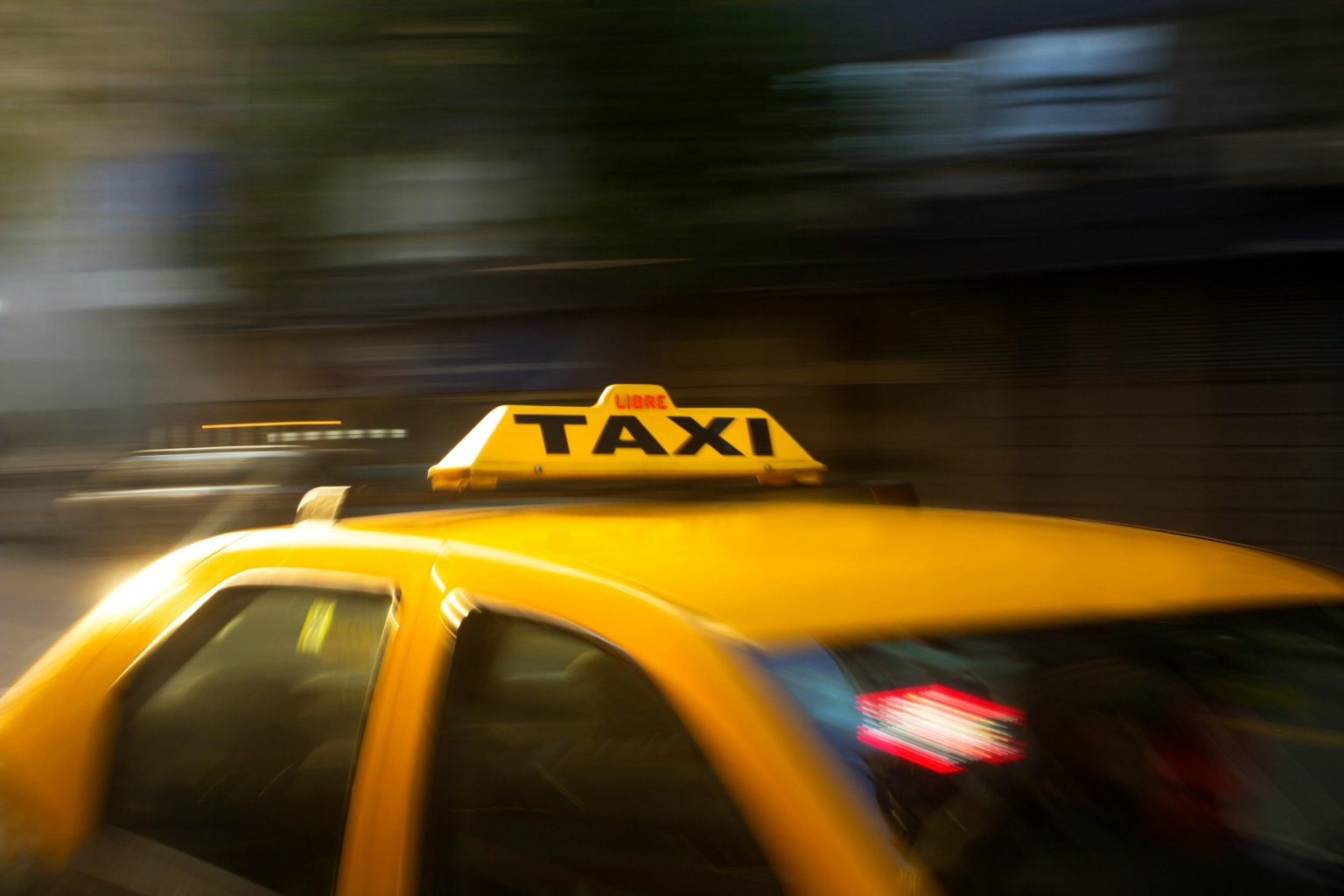Moving between places might involve different choices that fit changing needs, and people could select options that feel suitable for regular tasks or occasional plans. The focus here is on broad categories that usually appear in many locations, where access, distance, and timing affect what gets used. While preferences can shift with circumstances, a simple overview may help you consider which combination could align with common routines and basic requirements for everyday travel.
Network transit for steady, scheduled travel
Public routes such as buses, metro lines, and regional trains often support routine movement where timetables, stops, and corridors remain relatively stable, and this structure might let you plan errands or commutes around frequencies that are known in advance and repeated throughout the day. Riders who rely on this approach usually value predictable arrival windows, and they may accept slower door-to-door times when coverage exists across busy areas that are expensive or inconvenient for personal vehicles. It is also common to combine short walks with short transfers, since stations could be near business districts, schools, and service centers, and these connections reduce the number of separate arrangements to manage. People sometimes add simple buffers for minor delays, and the overall experience usually stays workable when routes are clear and posted in familiar formats that reduce confusion. This may help when your daily path overlaps with organized networks that already serve many travelers, because the presence of frequent runs, recognizable signage, and integrated maps can make planning easier. Although occasional crowds or timing gaps appear, a consistent system often keeps essential trips possible without private ownership or specialized bookings that require extra steps.
Booked vehicles for adaptable, point-to-point trips
Ride-hailing, taxis, and pre-booked cars can get you from one point to another. This system allows for schedule modifications, plan changes, and off-route stops. You can also be picked up right where you are to reduce walking distance. You usually get information on the driver, car, and arrival time when you request a ride. That information lets you decide whether to wait for that ride or choose another that matches your plans better. For passengers who need specific scheduling, additional luggage space, or a succession of brief tasks, this format can efficiently link trips without transfers or station coordination. For example, private jet rental can enable rapid routing for time-sensitive journeys and allow control over departure slots and access points that meet unusual itineraries. People often weigh expected cost against the time saved and the convenience of staying within one vehicle, while also considering whether the pickup area is safe, visible, and accessible. This may fit late-evening returns when frequency on public lines is reduced, or daytime appointments that require precise arrivals to limited-access sites. It is also possible to request specialty vehicles or add-ons, depending on local availability, which could help with groups or equipment. The approach typically remains flexible, and it can complement other modes by filling gaps between scattered locations that would otherwise require complex connections.
Human-powered options for short and nearby movement
Walking and cycling can suit local distances where direct control over when to start, which path to use, and how fast to move might be more important than vehicle speed or scheduled departures, and this often keeps planning simple when your route stays within a neighborhood scale. Some people use these methods for errands, meetups, or short commutes, because parking becomes irrelevant and small streets or pathways can be navigated without waiting, which reduces the number of coordination points. You could check basic conditions like lighting, surface quality, and traffic behavior, since safety and comfort usually guide the decision to use these methods consistently. Users often maintain a bicycle with working brakes and lights, and they may carry a lock or reflective items, while walkers might select familiar crossings and sidewalks that keep the path straightforward. Combining human-powered travel with other modes is common, since a short ride or walk to a stop or pickup point may shorten total time when stations are not far from home or work. This method usually benefits from predictable weather and reasonable terrain, and small adjustments to departure time can keep the approach reliable during peak hours. While longer distances may require motorized transport, these options can still serve as practical links that reduce waiting, simplify short segments, and maintain steady movement within familiar areas.
Conclusion
Selecting ways to travel often depends on distance, timing needs, and availability of services that match your routes. A straightforward plan could include scheduled public lines for routine movement, adaptable bookings for direct trips, and walking or cycling for nearby tasks. You might adopt a blended approach that fits local conditions and personal constraints, and small changes over time can improve continuity while keeping everyday movement manageable.

